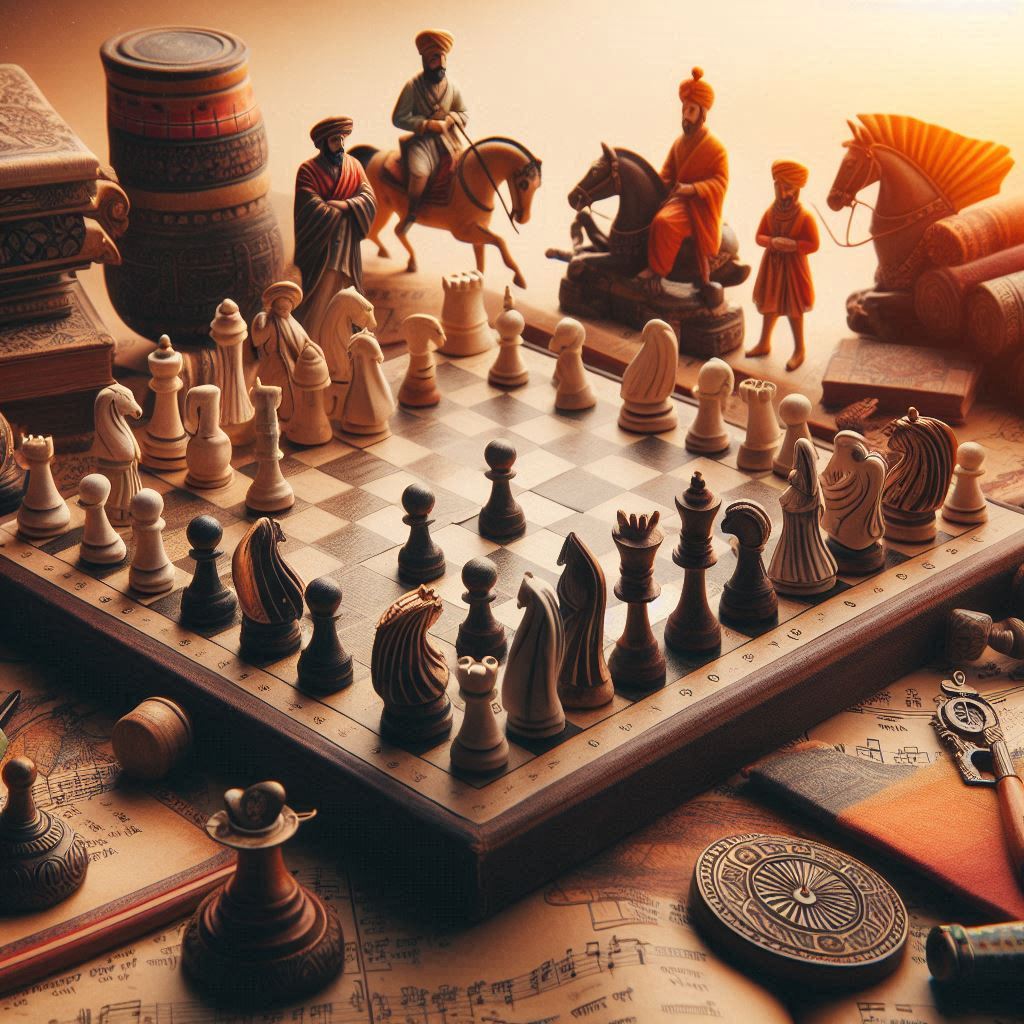Introduction
In chess, pawns may seem like the least powerful pieces on the board, but their structure and placement are fundamental to a player’s strategy and success. Understanding pawn structure is essential for making informed decisions, both in the opening phase and throughout the game. This article explores the importance of pawn structure in chess, how it impacts strategy and tactics, and practical tips for players at all levels to improve their understanding of this critical concept.
What is Pawn Structure?
Definition and Components of Pawn Structure: Pawn structure refers to the arrangement and formation of pawns on the chessboard. It includes various components such as pawn chains, isolated pawns, doubled pawns, and passed pawns. Understanding these elements is crucial for evaluating the strengths and weaknesses of both your position and your opponent’s.
Types of Pawn Structures
Key Pawn Formations and Their Characteristics: There are several key types of pawn structures that players should recognize:
- Isolated Pawns: A pawn that has no friendly pawns on adjacent files. While isolated pawns can be weaknesses, they can also provide dynamic play and control over key squares.
- Doubled Pawns: Two pawns of the same color stacked on the same file. Doubled pawns can be a liability as they often lack mobility, but they can also control important squares.
- Pawn Chains: A diagonal line of pawns that support each other. The base of the chain can be a target, and breaking the chain can be advantageous for the opponent.
- Passed Pawns: A pawn with no opposing pawns in front of it on its file or adjacent files, allowing it to advance towards promotion. Passed pawns can be a significant strategic asset.
Influence on Strategy
How Pawn Structure Shapes Overall Game Strategy: Pawn structure significantly influences the strategic plans of both players. For example:
- Space Control: A strong pawn structure can control more space, allowing for greater piece mobility and flexibility.
- Piece Activity: Pawns that are well-placed can support your pieces while restricting the opponent’s options. A healthy pawn structure often correlates with active piece play.
- Plan Development: Your pawn structure can dictate your plans; for instance, the presence of isolated or backward pawns may prompt a strategy focused on defending weaknesses, while a solid structure might encourage an offensive approach.
Tactical Implications
Common Tactical Motifs Related to Pawn Structure: Certain tactical themes arise from specific pawn structures. Here are a few to consider:
- Forks and Pins: Weak pawns can become targets for tactical shots, such as forks or pins, especially when they are isolated or doubled.
- Overloading: When a pawn structure requires a piece to defend multiple weaknesses, it can lead to tactical opportunities where that piece becomes overworked.
- Breaks: Creating pawn breaks can open lines and create tactical opportunities. Understanding when and how to break through your opponent’s structure is crucial for gaining an advantage.
Weaknesses and Strengths
Identifying Strong and Weak Pawn Structures: Knowing how to assess pawn structures is critical. Strong pawn structures typically feature:
- Solid pawn chains that support piece activity.
- No weaknesses such as isolated or doubled pawns.
Weak pawn structures often include:
- Isolated pawns that can become targets.
- Doubled pawns that restrict movement.
Recognizing these strengths and weaknesses helps you formulate your strategy effectively.
Creating Passed Pawns
The Importance of Passed Pawns in the Endgame: Passed pawns become particularly valuable in the endgame, where their potential to promote can create winning chances. When working to create a passed pawn, consider the following strategies:
- Advancing with Support: Always ensure your passed pawn has supporting pieces to protect it as it advances.
- Distraction: Use your passed pawn as a distraction to pull your opponent’s pieces away from other critical areas of the board.
Pawn Chains and Breaks
Understanding Pawn Chains and the Concept of Breaks: Pawn chains can be strong defensive structures, but they can also become targets. Identifying the base of an opponent’s pawn chain can provide opportunities for breaks.
- Breaking a Pawn Chain: To successfully break through, you often need to mobilize your pieces to support the break. This can involve sacrificing a pawn to open lines and create tactical opportunities.
Pawn Structure in Different Phases of the Game
Opening, Middlegame, and Endgame Considerations: The significance of pawn structure evolves through the different phases of the game:
- Opening: Developing a healthy pawn structure early is essential for piece development and space control.
- Middlegame: In this phase, pawn structure determines the strength of your position and your strategic plans.
- Endgame: Here, pawn structure becomes critical in determining winning chances. Passed pawns, pawn promotion, and king positioning are essential elements to consider.
Analyzing Famous Games
Learning from the Pawn Structures of Grandmasters: Studying famous games played by grandmasters can provide valuable insights into effective pawn structures. Pay attention to how they manage their pawns, create weaknesses in their opponents’ structures, and capitalize on pawn dynamics to achieve victory.
Practical Tips for Managing Pawn Structure
Strategies for Improving Your Pawn Formation:
- Control the Center: Aim to establish a strong pawn presence in the center of the board, allowing for greater mobility and influence.
- Maintain Flexibility: Keep your pawn structure flexible, allowing for adjustments based on your opponent’s moves.
- Avoid Weaknesses: Be cautious about creating isolated or doubled pawns; strive for a solid formation that minimizes weaknesses.
- Plan for Pawn Breaks: Look for opportunities to break through your opponent’s pawn structure while ensuring your own remains intact.
- Analyze Endgames: Practice different pawn structures in endgame scenarios to understand how they impact winning chances.
FAQs
Why is pawn structure important in chess?
Pawn structure influences strategic plans, piece activity, and the overall strength of a position, making it a critical aspect of chess.
What are some common pawn structures to be aware of?
Common structures include isolated pawns, doubled pawns, passed pawns, and pawn chains.
How can I improve my understanding of pawn structure?
Study classic games, practice identifying strong and weak structures, and analyze your own games to understand pawn dynamics better.
What role do pawn breaks play in a game?
Pawn breaks can open lines, create weaknesses in the opponent’s structure, and shift the balance of the game in your favor.
How does pawn structure differ in the opening, middlegame, and endgame?
In the opening, focus on solid development; in the middlegame, leverage strengths and exploit weaknesses; and in the endgame, capitalize on passed pawns and promote them effectively.
Conclusion
Understanding and mastering pawn structure is essential for achieving success in chess. By recognizing the strengths and weaknesses of different structures, players can formulate effective strategies, enhance their tactical awareness, and improve their overall gameplay. Embrace the complexities of pawn structure, and you’ll find it to be a powerful ally in your quest for chess mastery.



